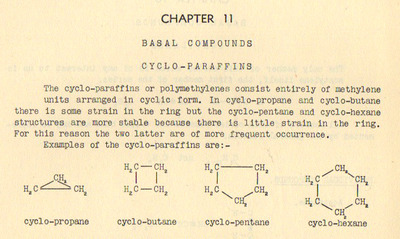Walker, S.  ORCID: https://orcid.org/0000-0001-5942-1836
(2018)
Modernity, method and minimal means: typewriters, typing manuals and document design.
Journal of Design History, 31 (2).
pp. 138-153.
ISSN 1741-7279
doi: 10.1093/jdh/epx018
ORCID: https://orcid.org/0000-0001-5942-1836
(2018)
Modernity, method and minimal means: typewriters, typing manuals and document design.
Journal of Design History, 31 (2).
pp. 138-153.
ISSN 1741-7279
doi: 10.1093/jdh/epx018
Abstract/Summary
This essay is about the contribution that typing manuals and typists have made to the history of graphic language and communication design, and the role that typewriter composition has played in typographic education and design practice, particularly in the 1960s and 1970s. The limited technical capabilities of typewriters are discussed in relation to the rules in typing manuals for articulating and organising the structure of text. Such manuals were used to train typists who went on to produce documents of considerable complexity within what typographers would consider to be minimal means in terms of flexibility in the use of letterforms and space.
Altmetric Badge
| Item Type | Article |
| URI | https://centaur.reading.ac.uk/id/eprint/69514 |
| Identification Number/DOI | 10.1093/jdh/epx018 |
| Refereed | Yes |
| Divisions | Arts, Humanities and Social Science > School of Arts and Communication Design > Typography & Graphic Communication |
| Publisher | Oxford University Press |
| Download/View statistics | View download statistics for this item |
Downloads
Downloads per month over past year
University Staff: Request a correction | Centaur Editors: Update this record
 Download
Download Download
Download![Fig1.jpg [thumbnail of Fig1.jpg]](https://centaur.reading.ac.uk/69514/2.hassmallThumbnailVersion/Fig1.jpg)

![Fig2.jpg [thumbnail of Fig2.jpg]](https://centaur.reading.ac.uk/69514/3.hassmallThumbnailVersion/Fig2.jpg)

![Fig3.jpg [thumbnail of Fig3.jpg]](https://centaur.reading.ac.uk/69514/4.hassmallThumbnailVersion/Fig3.jpg)

![Fig4a.jpg [thumbnail of Fig4a.jpg]](https://centaur.reading.ac.uk/69514/5.hassmallThumbnailVersion/Fig4a.jpg)

![Fig4b.jpg [thumbnail of Fig4b.jpg]](https://centaur.reading.ac.uk/69514/6.hassmallThumbnailVersion/Fig4b.jpg)

![Fig5.jpg [thumbnail of Fig5.jpg]](https://centaur.reading.ac.uk/69514/7.hassmallThumbnailVersion/Fig5.jpg)

![fig6.jpg [thumbnail of fig6.jpg]](https://centaur.reading.ac.uk/69514/8.hassmallThumbnailVersion/fig6.jpg)

![Fig7.jpg [thumbnail of Fig7.jpg]](https://centaur.reading.ac.uk/69514/9.hassmallThumbnailVersion/Fig7.jpg)
